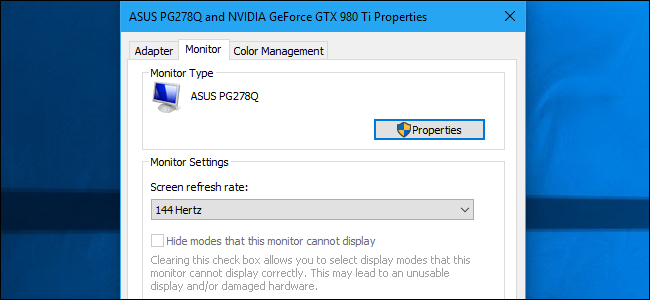
Description shows 120hz refresh rate, but when you look at the specs it says 60hz. I literally searched for 120hz specifically and it outright lies to trick you into buying something you

Vol. 32 No. 1 (2018): Thirty-Second AAAI Conference on Artificial Intelligence | Proceedings of the AAAI Conference on Artificial Intelligence

Fake Refresh Rate Explained, Simulated, TruMotion, Motion Rate, MotionFlow, Clear Action, AquoMotion - YouTube

Amazon.com: LG Electronics OLED77C8PUA 77-Inch 4K Ultra HD Smart OLED TV ( 2018 Model) : Electronics

Description shows 120hz refresh rate, but when you look at the specs it says 60hz. I literally searched for 120hz specifically and it outright lies to trick you into buying something you
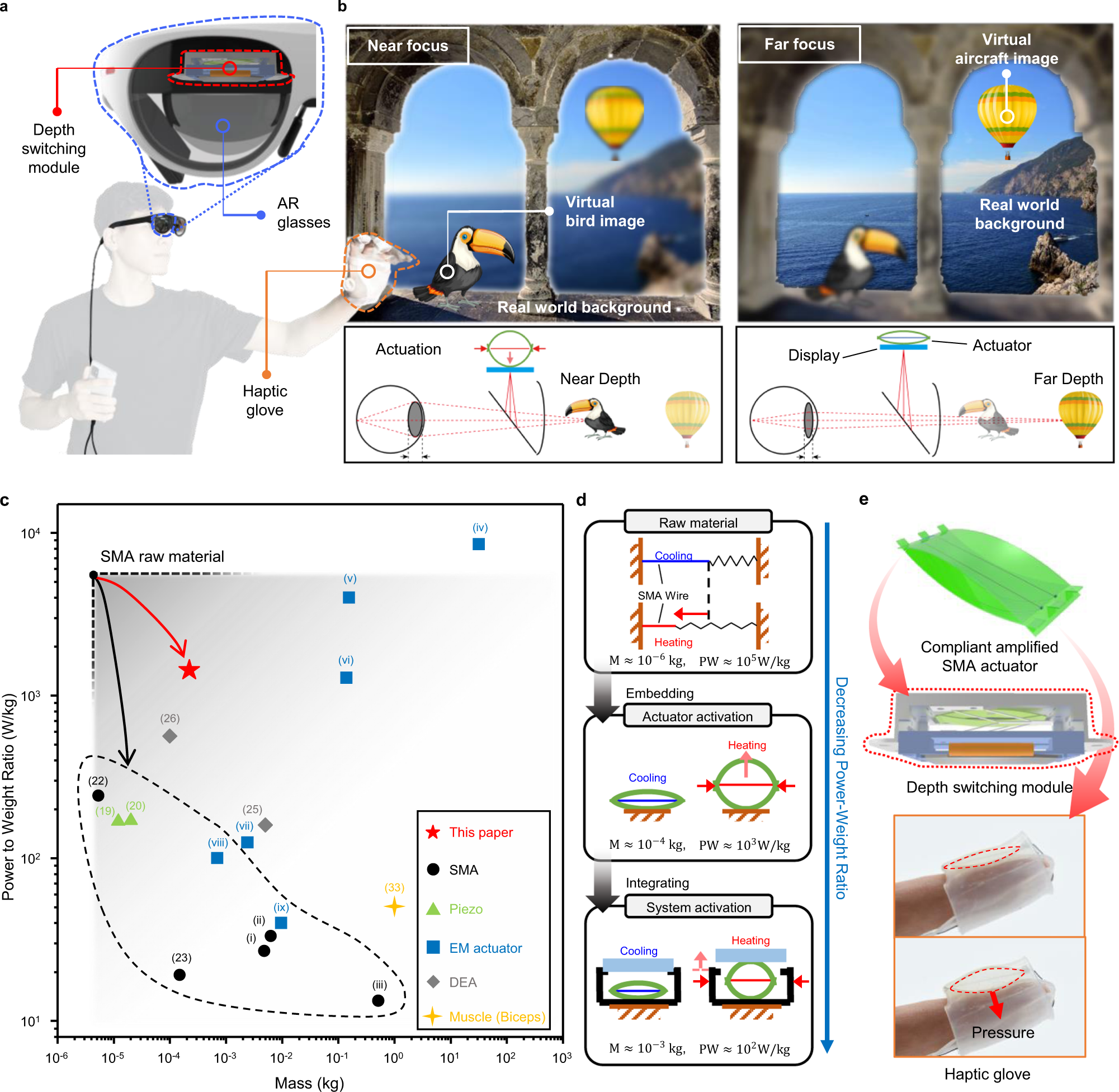

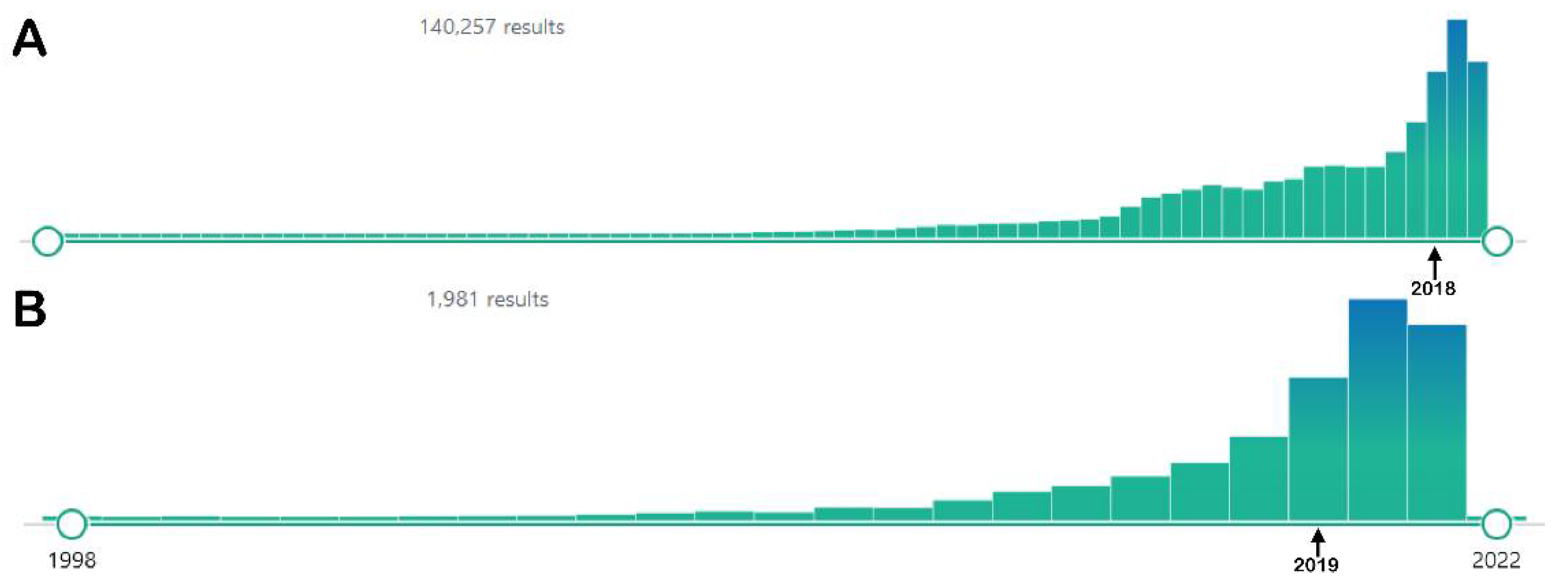
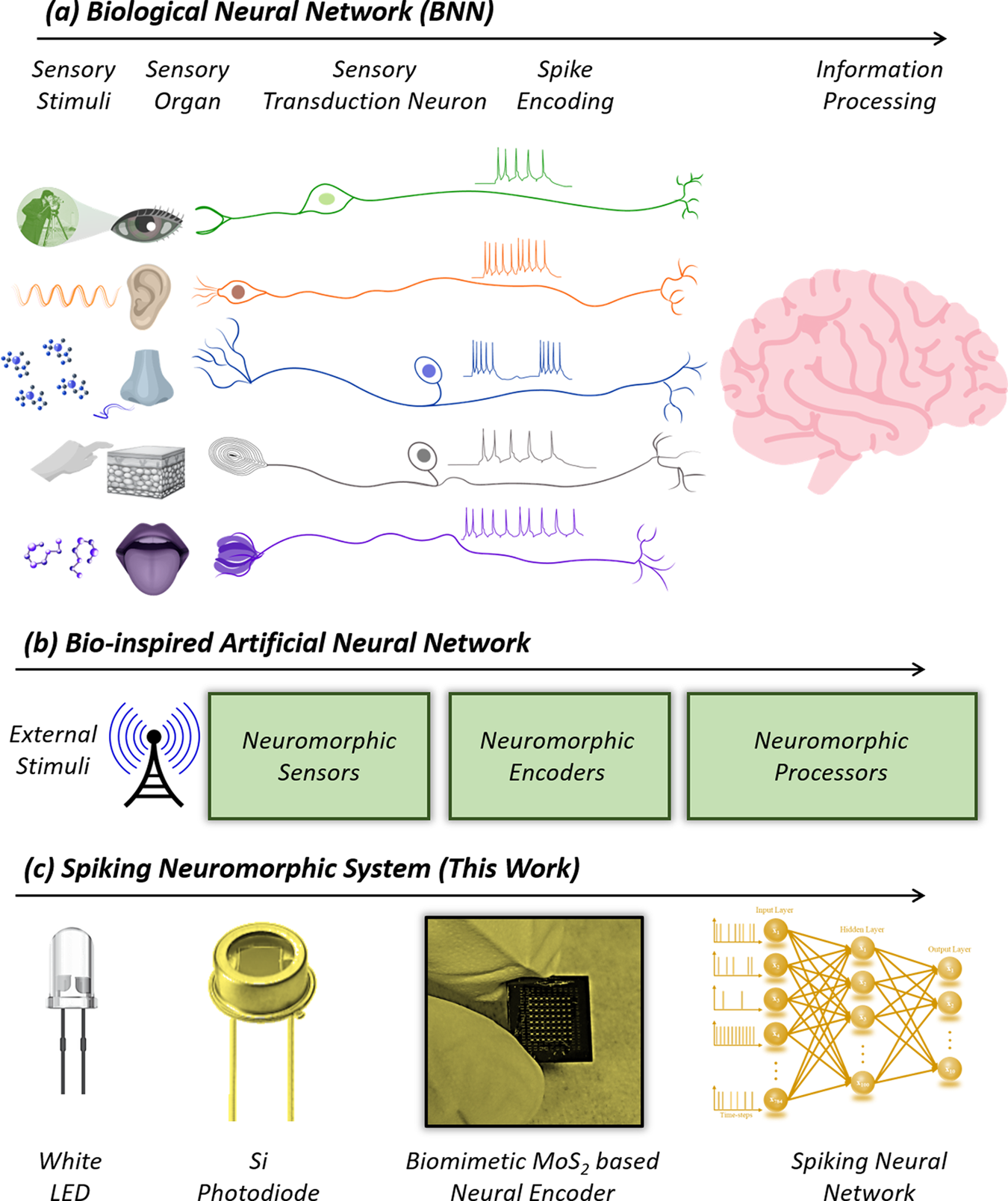








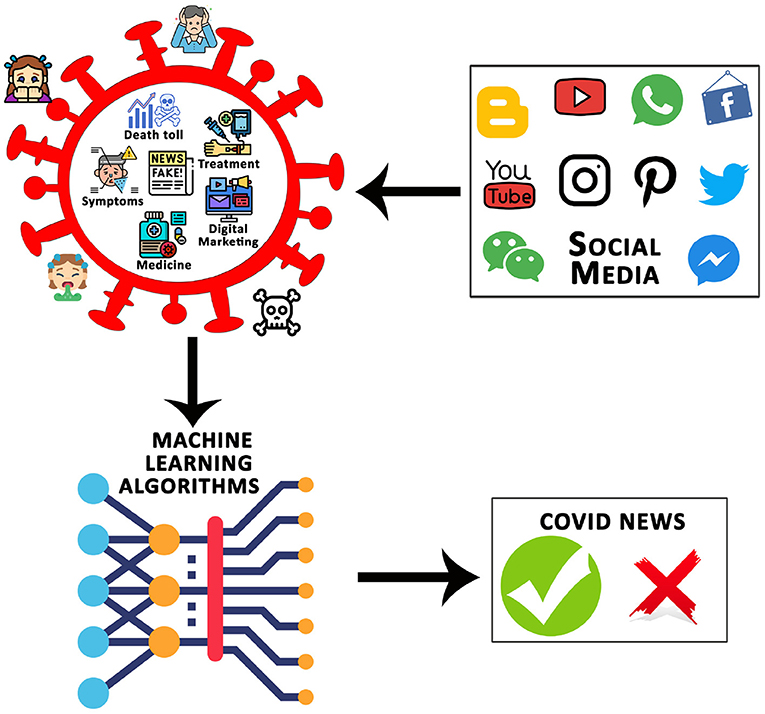
![How to check refresh rate on a monitor [Easily] - Driver Easy How to check refresh rate on a monitor [Easily] - Driver Easy](https://images.drivereasy.com/wp-content/uploads/2018/12/Snap906.png)
